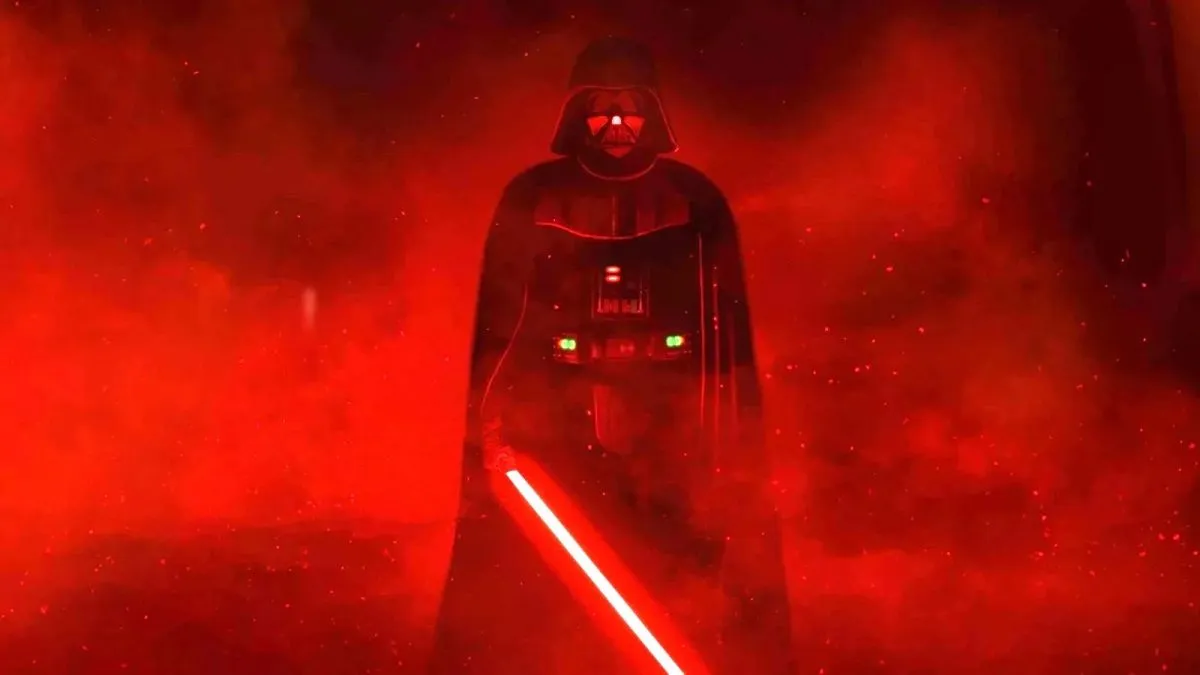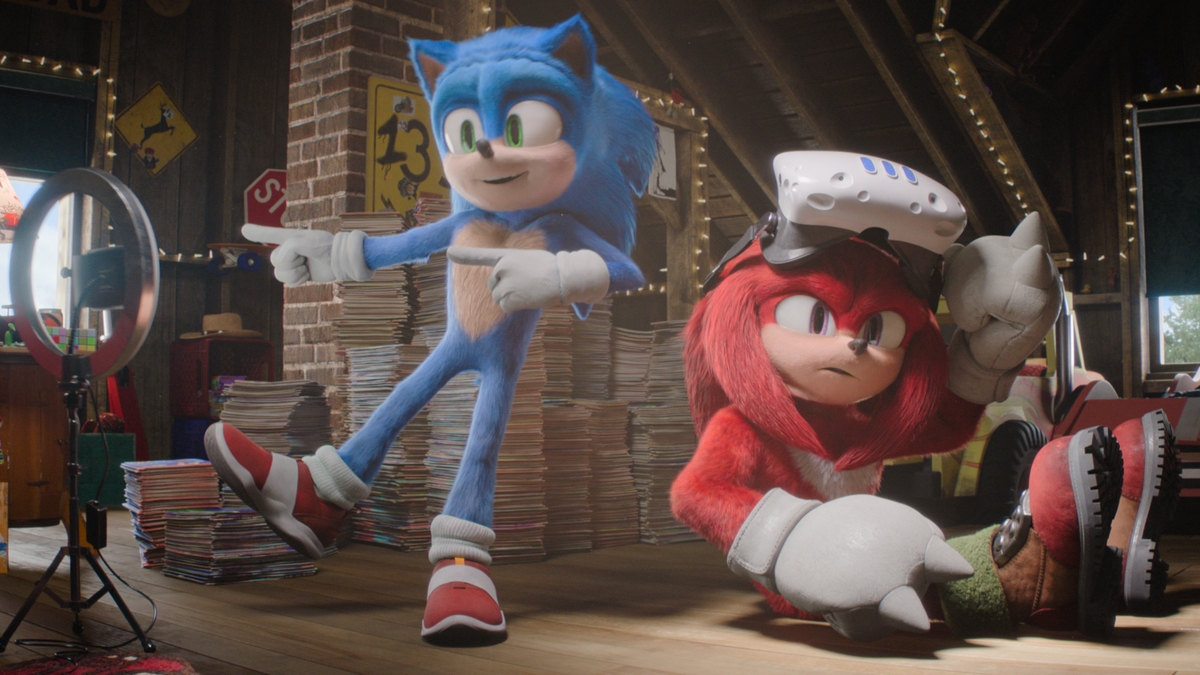Is J.A. Bayona’s A Monster Calls more poetically tragic than it is manipulatively saddening? At this moment in my writing, I’m not 100% sure. Did I cry? As anyone who might have read Patrick Ness’ novel can confirm (a story he finished after Siobhan Dowd’s passing), it’s hard not to soften like melted butter throughout this childhood nightmare. Quite literally, Bayona orchestrates a visual representation of “letting go,” right down to our young protagonist grasping dearly onto what he loves most. For children, it’s an easy-to-understand lesson that resonates on many levels (loss, bullying, outcast mentalities), but again, are we merely crying because the situation dictates it? Or is there a strong emotionally undercurrent dragging out our tears with each protest of inevitability.
Young Lewis MacDougall stars as Connor, a British child dealing with a not-so-typical conflict. His mother (played by Felicity Jones) suffers daily from a terminal illness, as Connor can only do his best to remain hopeful and help around the house. With his mother growing weaker, Connor is forced to move in with his Grandmother (played by Sigourney Weaver) despite much opposition, but not before something extraordinary happens.
One night, while Connor is scribbling artwork, a massive Yew tree uproots itself and takes the form of a monster (voiced by Liam Neeson). The mighty Yew walks right up to Connor’s window, and says he’ll be back three times to tell different stories, before Connor must tell his own. So begins Connor’s unbelievable journey, one that no one can see but himself.
Much like many “small child encounters a large CGI creature” films of this year (Pete’s Dragon, Jungle Book), A Monster Calls handily crafts a large personified Yew tree – complete with formed buttox – never leaving questions about the digital composition of such a massive Ent. Intertwined branches form the Yew’s bodily features, while an ember-tinted glow beams from within. When the Yew means business, his eyes burn with a furious flame color, while sweeter moments are accompanied by Neeson’s raspy voice and the Yew’s coy smile.
Even more impressive are the Yew’s stories, as told through watercolor artistry that jumps to life through three-dimensional (depth on screen, not glasses) formation. Splotches of lush, seasonal colors escape the dark gloominess of Connor’s daily life, while invisible paintbrushes bring the Yew tree’s words to life in a pleasurably fantastical whisper of brushstrokes. Movies have long-utilized cartoons and graphical interludes, but Bayona’s animation team carves out a style unbeknownst to modern cinema once the Yew stars spinning old-school bedtime lyrics.
Yet, Bayona’s approach to grim realities is as unrelenting as it is unforgiving. This is not a film for dry eyes. Scene after scene harps upon the maturity of saying goodbye, in what’s supposed to be a comforting release of emotions. It’s hard to avoid feeling like we’re being drowned in the murky black waters of despair around every turn, which is faithful to story, but also quite unbalanced. All of the Yew’s tough love is ripped directly from Patrick Ness’ heartbreaking literary tear-jerker – it just becomes hard to tell if we’re crying because of a true emotional connection, or as a knee-jerk reaction to recognizable sadness.
There’s so much uncertainty in the opening minutes before Neeson’s monster comes a-calling, which is cause for early skepticism. Cinematographer Oscar Faura flips between steady-cams and static shakiness within the first few scenes, while Mr. MacDougall has trouble steadying his acting legs at first. Felicity Jones is constantly in the limelight because of her character’s condition, but her performance is the one true constant that never wavers. Everything else remains subject until the Yew spouts its first story, which is where Bayona’s ship sets a steady course aimed towards “All The Feels” Island. The more we hear about cold-hearted witch queens and scorned apothecaries, the more Bayona controls what’s most assuredly a valuable life less for children and adults suffering from the worst types of grief. Any hammy opening dramatics eventually pave a road towards a stronger finish, but some assembly is required as Bayona seems to figure things out as A Monster Calls become stronger by the scene.
As far as adaptations go, there’s no reason to ignore yet another touching family picture that deals with an otherwise disheartening subject. J.A. Bayona has the unenviable task of mixing bleak, somber teachings with a stoic British fairytale, and while the director stumbles a bit out of the gate, A Monster Calls ends on all the necessary notes of acceptance worth a warm, blanket-like finale. It’s not an easy watch – and certainly not a cheery one – but buried underneath a mountain of ill feelings are the uplifting, “Messily Ever After” realities we so need to be reminded of. Life’s beauty will always be a mystery, but we survive through the good, bad and everything in between – after we stop hiding.






